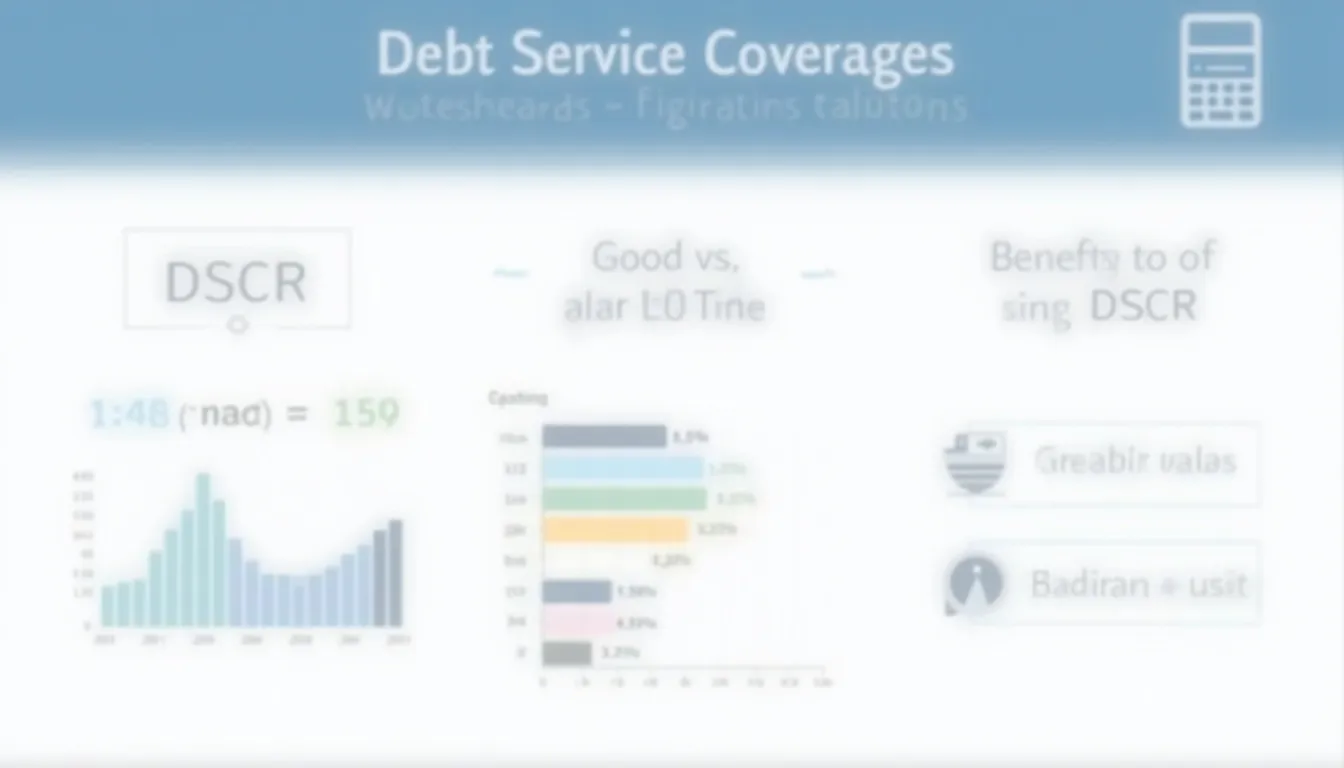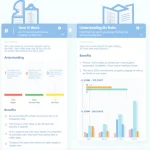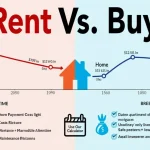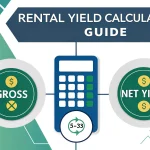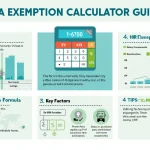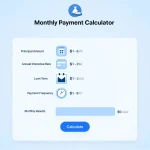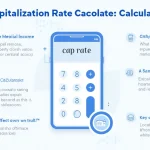Debt Service Coverage Ratio Calculator
Is this tool helpful?
How to use the tool
- Rental Income ($): Type your annual rent—e.g., 62,500 or 93,300.
- Other Income ($): Add items like parking or laundry—e.g., 4,200 or 9,800.
- Total Operating Expenses ($): Enter yearly costs—e.g., 28,400 or 51,600.
- Annual Debt Service ($): Insert total principal + interest—e.g., 36,000 or 70,500.
- Press Calculate DSCR to view results instantly.
Formula
$$\mathrm{NOI}= \text{Rental Income} + \text{Other Income} – \text{Operating Expenses}$$
$$\mathrm{DSCR}= rac{\mathrm{NOI}}{\text{Annual Debt Service}}$$
Worked example
- Rental Income: $88,000
- Other Income: $6,000
- Operating Expenses: $34,000
- Annual Debt Service: $48,000
- NOI = 88,000 + 6,000 − 34,000 = $60,000
- DSCR = 60,000 ÷ 48,000 = 1.25
Quick-Facts
- Lenders usually want DSCR ≥ 1.25 for commercial mortgages (Investopedia https://www.investopedia.com/terms/d/dscr.asp).
- Typical U.S. multifamily operating expense ratio ≈ 40 % of income (NAA Survey 2022).
- Class-A office loans often target DSCR ≥ 1.40 (CBRE Lending Report 2022).
- NOI excludes capital expenditures per GAAP rules (FASB ASC 970).
FAQ
What is the DSCR?
The Debt Service Coverage Ratio shows how many times your property’s cash flow covers annual debt payments (Investopedia https://www.investopedia.com/terms/d/dscr.asp).
Why do lenders care about it?
Lenders use DSCR to gauge repayment safety; ratios below 1.00 signal insufficient cash flow (Fannie Mae Multifamily Guide 2023).
How can you improve DSCR?
Raise rents, add ancillary income, cut controllable expenses, or refinance to lower debt service (BiggerPockets https://www.biggerpockets.com/blog/dscr).
What DSCR do banks require?
Commercial banks typically require 1.20-1.35; “A minimum DSCR of 1.25 is required for most multifamily loans” (Fannie Mae 2023).
Does DSCR include taxes and insurance?
Yes. Taxes, insurance, and maintenance fall under operating expenses that reduce NOI (CFI https://corporatefinanceinstitute.com).
How often should you recalculate?
Update DSCR annually or after major rent, expense, or financing changes to track risk trends (HUD MAP Guide 2020).
What DSCR is prudent for refinancing?
Most lenders seek at least 1.30 when refinancing to buffer against interest-rate shocks (Freddie Mac Multifamily 2022).
Can DSCR be negative?
Yes. If operating expenses exceed income, NOI turns negative, producing a negative DSCR that flags severe distress (Moody’s CRE Outlook 2021).
Important Disclaimer
The calculations, results, and content provided by our tools are not guaranteed to be accurate, complete, or reliable. Users are responsible for verifying and interpreting the results. Our content and tools may contain errors, biases, or inconsistencies. Do not enter personal data, sensitive information, or personally identifiable information in our web forms or tools. Such data entry violates our terms of service and may result in unauthorized disclosure to third parties. We reserve the right to save inputs and outputs from our tools for the purposes of error debugging, bias identification, and performance improvement. External companies providing AI models used in our tools may also save and process data in accordance with their own policies. By using our tools, you consent to this data collection and processing. We reserve the right to limit the usage of our tools based on current usability factors.
